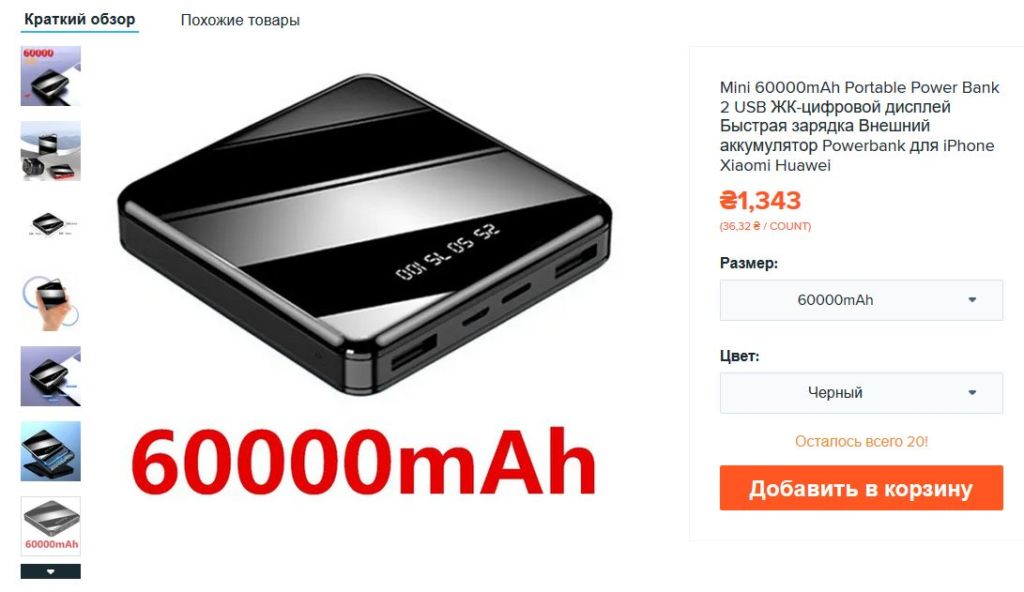The main parameter of a power bank is its capacity, but it can be given in different ways. What gadgets can be charged, how quickly and how accurately the remaining capacity can be controlled depends on the capabilities of the external battery’s electronics. Knowing about these functions, you will be able to choose the best power bank for your needs.

Measure battery capacity correctly
Quite often, the capacity is called in milliampere-hours. But this is wrong. Two batteries with the same number of milliamp-hours can have significantly different capacities.
For example, batteries with a capacity of 4400 mAh with a voltage of 11.6 volts are popular in laptops. Such a battery is almost three times more capacious (51 W*h) than a smartphone battery of 5000 mAh with a voltage of 3.6 volts (18*W*h).
Correctly measure capacity in watt-hours. To get the capacity of the battery in watt-hours (W*h), it is necessary to multiply the voltage (volts) indicated on it by milliampere-hours.
Capacity
So, the main parameter of any external battery is its battery capacity. However, the capacity figure indicated on the power bank does not mean that it will produce exactly that much.

The power bank in reality produces fewer milliampere-hours than indicated on its case. This happens due to the fact that the power bank converts the energy of its battery into energy suitable for charging the gadget. Most often, this is a conversion from 3.6 volts to 5 volts.
For example, a 10,000 mAh power bank. This means it has a battery capacity of 3.6 volts x 10000 mAh = 36 Wh.
But as a result of increasing the voltage to 5 volts, part of the energy is lost as heat. The efficiency factor (efficiency) of the converter depends on the specific power bank and ranges from 75 to 95%.
For example, the efficiency of a 10,000 mA*h (36 W*h) power bank is 80%. Such a power bank will be able to give devices only 29 W*h.
Gadgets, in turn, convert the received volts into the voltage of their battery. For example, a smartphone reduces the received 5 volts to 3.6 volts. The efficiency of this process is high — about 90% — but there are still losses. Thus, part of the energy is lost in the form of heat.
Therefore, do not be surprised that a power bank with a capacity of 10,000 mAh cannot charge a smartphone with a 5,000 mAh battery twice.
How to choose the power bank capacity
To choose the capacity of the power bank, calculate which devices it should charge at the same time. Calculate the total battery capacity of these devices in W*h.
Then calculate the capacity of the power bank in W*hour and multiply it by the approximate efficiency of the converter of 80%. So you will get the capacity that the power bank can give. Divide this number by the total battery capacity of all gadgets that the power bank must charge in one cycle.
For example, you have two smartphones and need a power bank to charge them. The battery capacity of the first smartphone is 3.6 volts*3000mA*h = 10.8 W*h. The capacity of the second is 3.6 volts*4000 mA*h = 14.4 W*h.
Thus, a power bank with a minimum capacity of (10.8+14.4)+(10.8+14.4)*0.2 = 30.5 W*h will be able to charge these two phones once. This is a 10,000 mAh power bank.
However, it is better to take a power bank that can charge your gadgets at least 2 times. Unless you need a compact power bank.
Microcharging
Do you need to charge devices with a microaccumulator (headphones, headsets, watches, bracelets)?
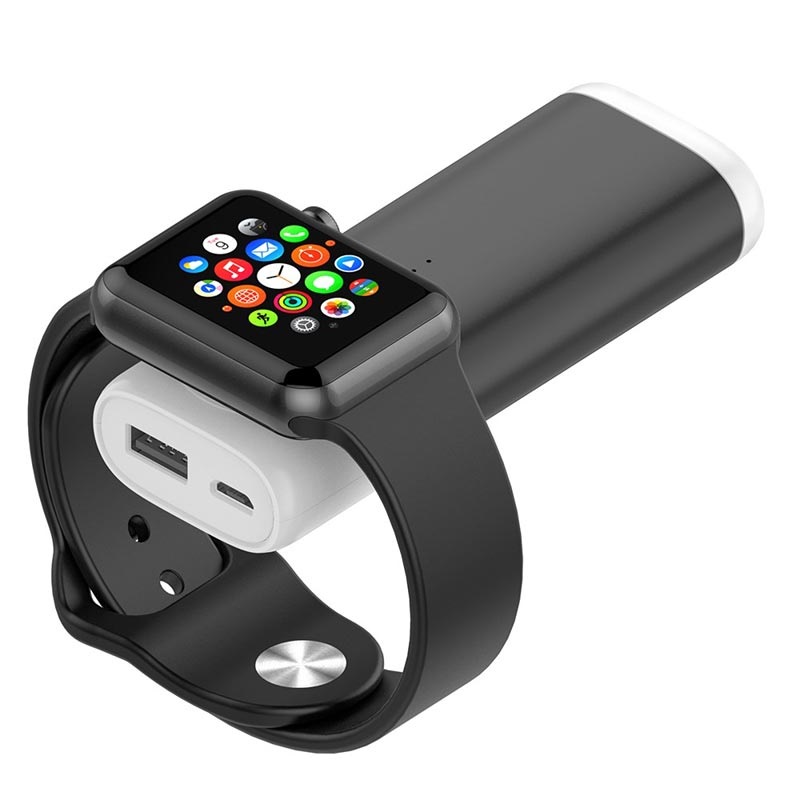
Some power banks require a large output current, while devices with micro-accumulators are charged with a small current. The power bank «does not see» such devices and simply turns off the current supply.
Number of real USB ports
Increasingly, power banks have several USB ports, but this does not mean that they can be used freely.
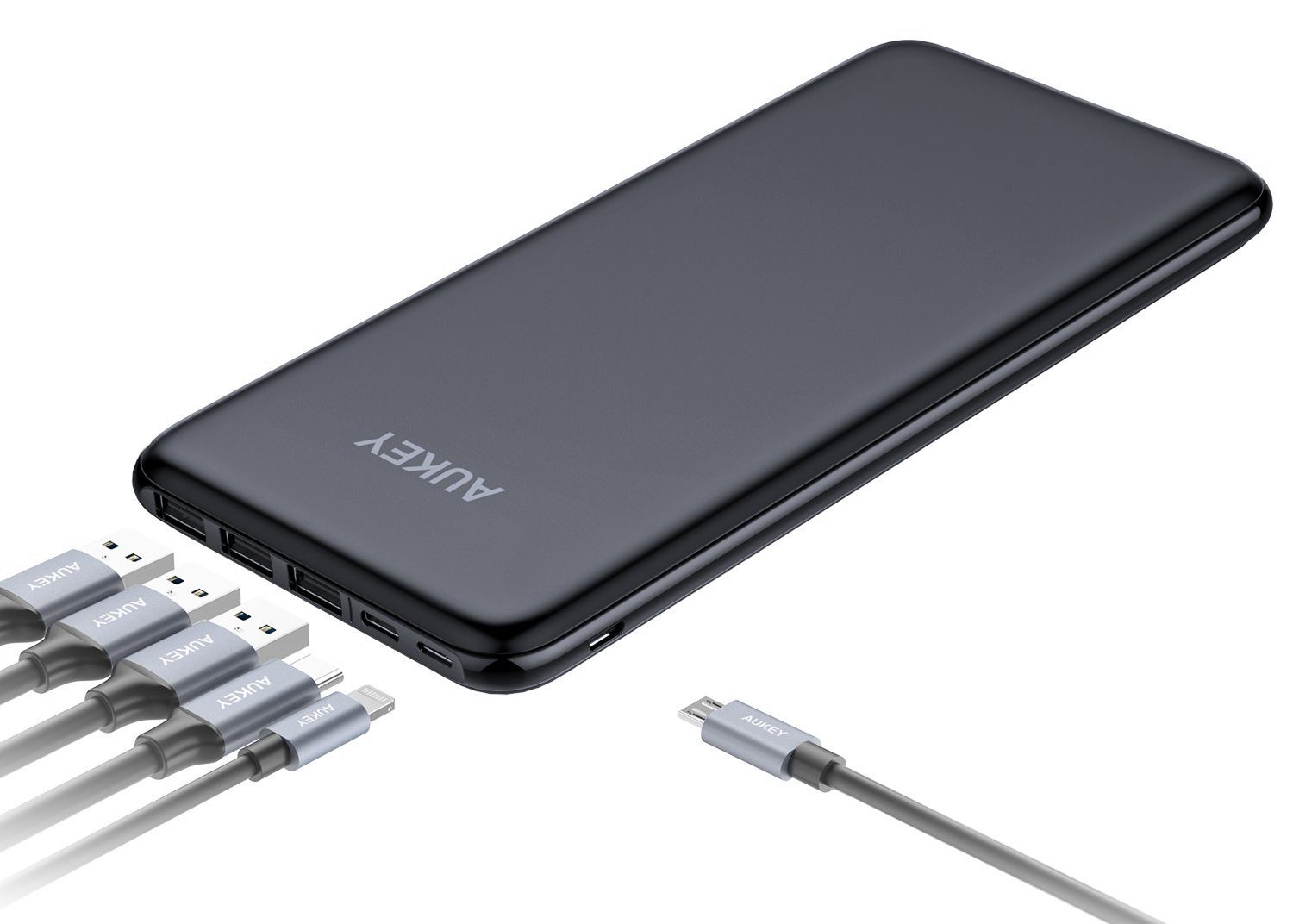
The number of real connectors, that is, independent of each other, is determined by the number of voltage converters installed in the power bank. The best power banks have three converters.
It is a common situation when two USB-A ports are installed in a power bank and 2.1 A and 1 A are written on the case. However, in reality, these ports «hang» on one converter, so the power bank cannot simultaneously charge two gadgets with a current of 2.1 A and 1 AND.
USB-C port in the power bank
With power banks that have a USB-C output port, the situation is even more confusing. It is necessary to monitor which charging protocols are supported.
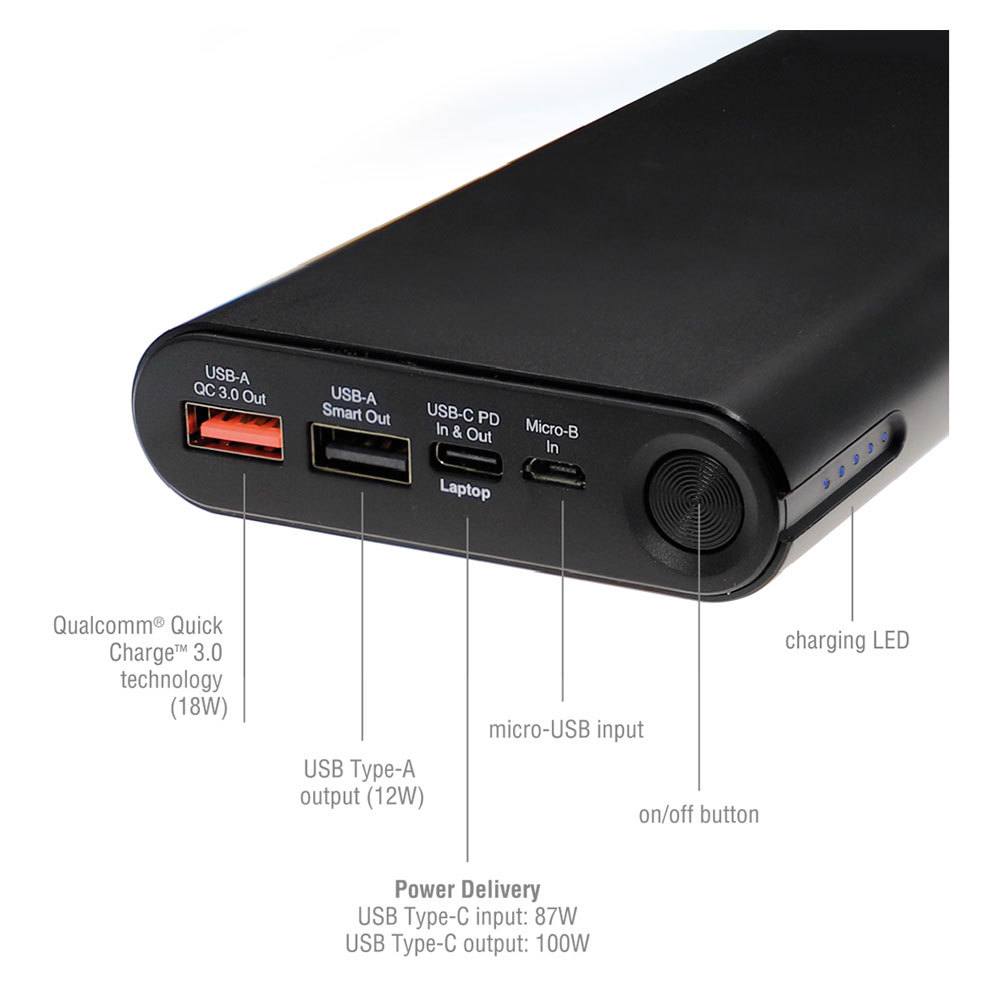
If the power bank has a separate converter for the USB-C port, it will be able to change the voltage on the USB-C port independently of the USB-A ports. If the converter is one, then USB-C raises the voltage only if nothing is inserted into the USB-A port. If USB-C and USB-A consumers are inserted into a power bank with one converter, the voltage will be fixed at 5 volts.
Also, for normal charging via USB-C, the power bank needs to be «friends» with the fast charging protocol of your smartphone.
USB-C supports Power Delivery technology — a software protocol by which the source and receiver «negotiate» the maximum allowable voltage and current. The maximum can be up to 100 W of power and a range of voltages from 5 to 20 volts is available. That is, at 20 volts, a current of 5 amperes is obtained for charging, for example, a laptop.
However, not all devices support Power Delivery. Each brand of smartphones has implemented its analogue, which is incompatible with others. Samsung, Xiaomi, Huawei, Oppo and others each have their own software implementation of the protocol.
And if you connect a phone to the USB-C port of the power bank, and the power bank does not support its proprietary protocol, then it will charge the gadget extremely slowly, setting the standard minimum of 5 volts.
Wireless charging
If your phone or headphones support wireless charging, you may find it convenient to use the power bank without connecting wires. Wireless charging dissipates more energy into heat, but it is enough to simply place the gadget to start charging.
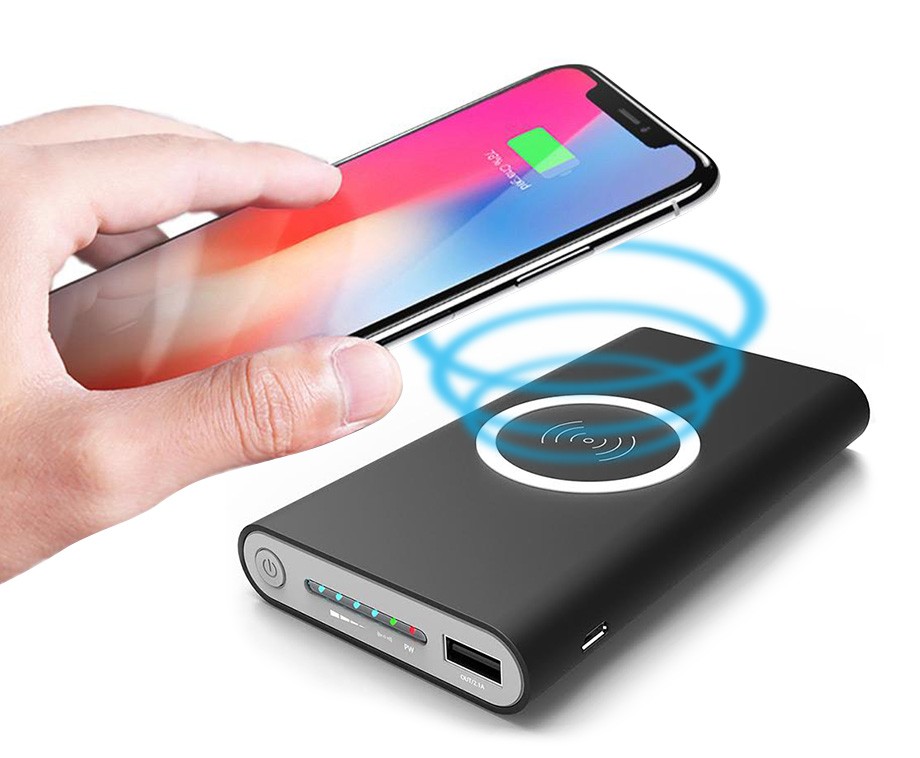
Indication
The simplest type of informing about the level of the remaining charge in power banks is with the help of 4 LEDs. But this format is uninformative and has a large error, because one LED is approximately 25% of the capacity. That is, when one LED out of four is lit, it can mean both a 25% balance and a 1% balance.
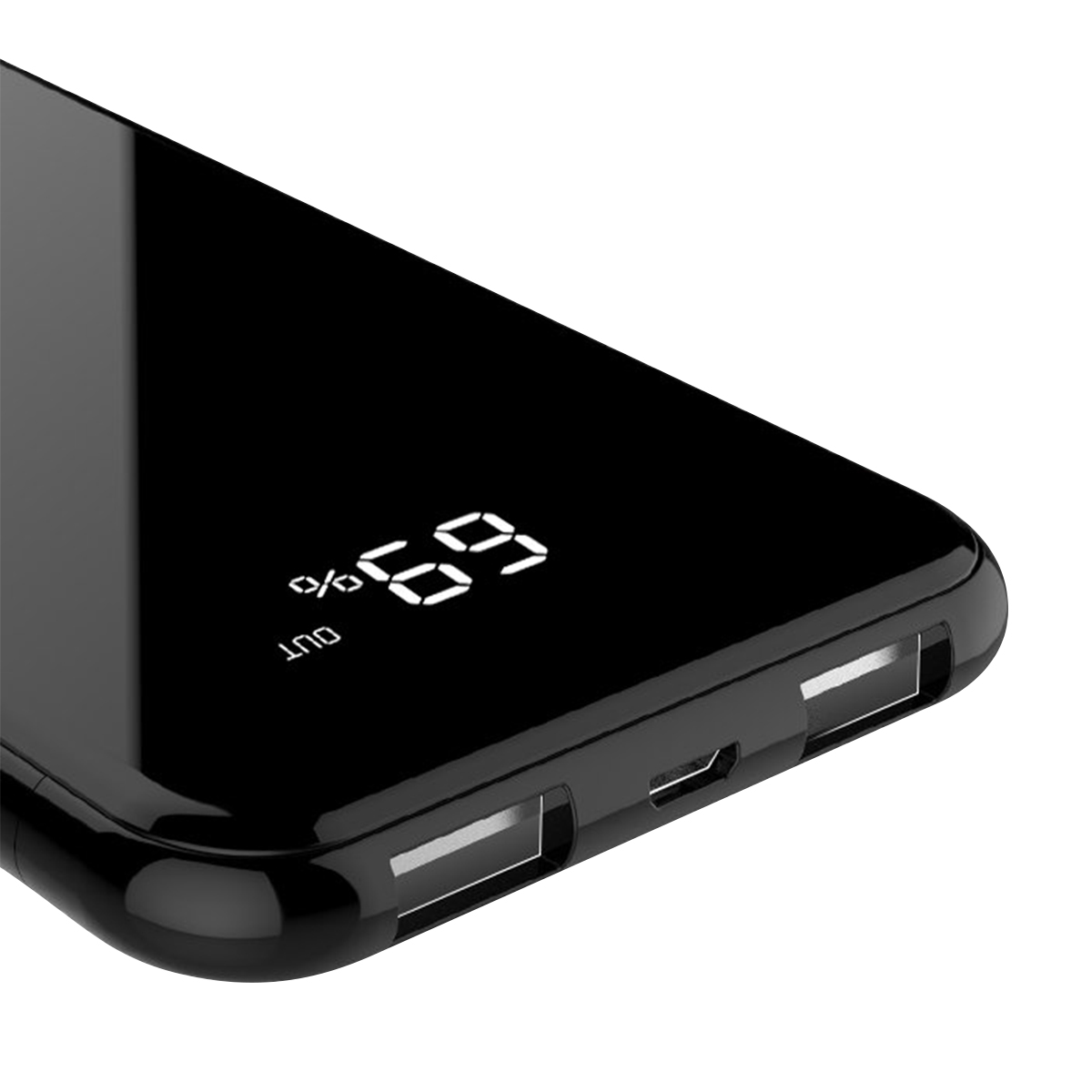
There are power banks with a screen, displaying various information on them. Depending on the specific power bank, you can get both a simple charge percentage and full information — volts, amperes, power consumption.
Flow charging
It often happens that there is only one outlet, but you need to charge a power bank and other devices. The idea arises to connect the power bank to the outlet, and other devices to the power bank.
But not all external batteries support this scenario. Some power banks refuse to charge when devices are connected to them. It is necessary that the power bank supports the flow charging mode.
They do not write in the characteristics
A lot of information about the functionality of the power bank may be missing in the description of its characteristics. Therefore, it can be recommended to first find a model that you like, and then watch its testing/review on YouTube.
Which power bank should definitely not be bought
The battery of a power bank is its most expensive component and manufacturers often prefer to save on it. Therefore, there are models with a capacity of several tens of thousands of milliampere-hours at a suspiciously attractive price.
Currently, 7Wh of lithium-ion batteries (3.6 volts x 2000 mAh) costs about 2.5 dollars.
Add a few more dollars for the converter and the case and you will get an approximate price tag of a power bank.
That is, a 60,000 mAh power bank for $30 is a clear fake.
Collect your power bank
By the way, you can assemble your own power bank. Specialized power bank cases are sold, but without batteries. All you have to do is buy quality batteries and insert them into the slots as batteries. So you can be sure that your power bank has high-quality batteries.
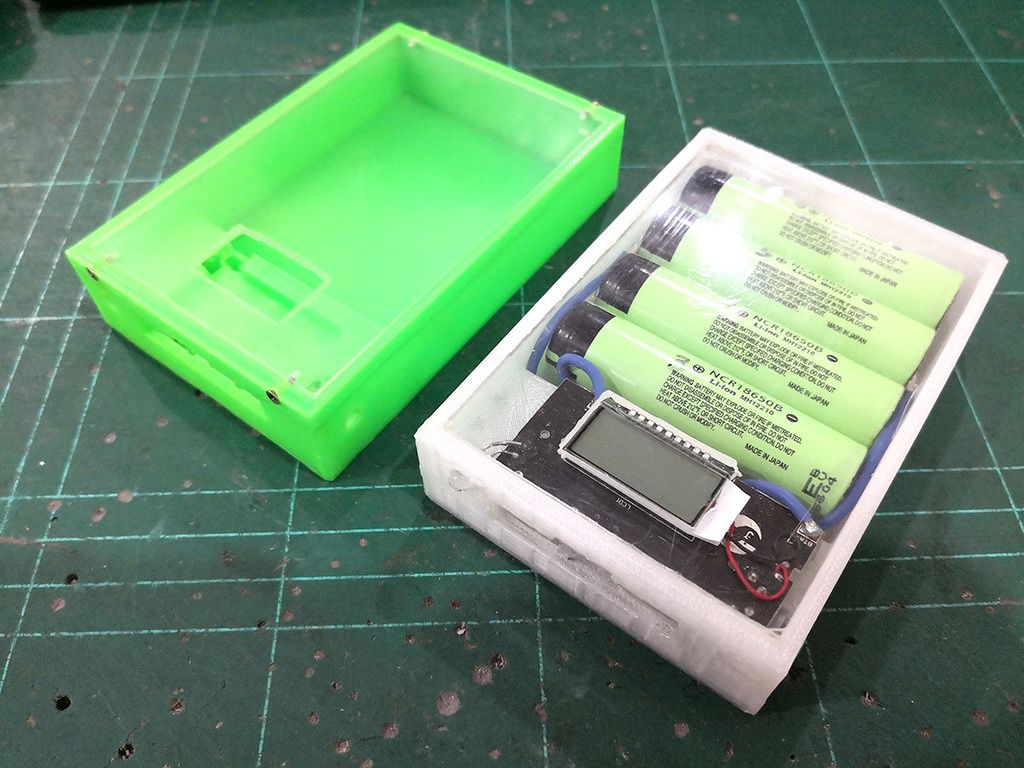
Unfortunately, such a power bank, most likely, will have minimal functionality — only 5 volts and up to 2 amperes for all ports. It is difficult to find a power bank board with modern technologies on sale.



